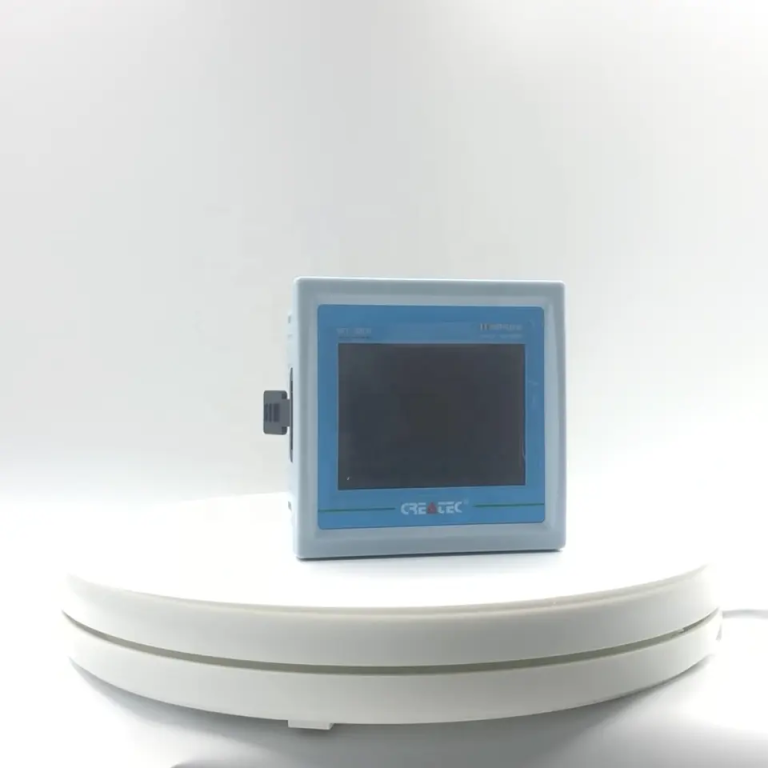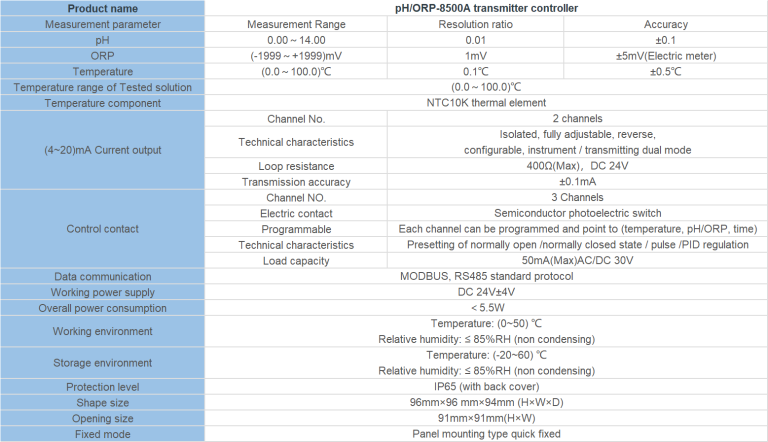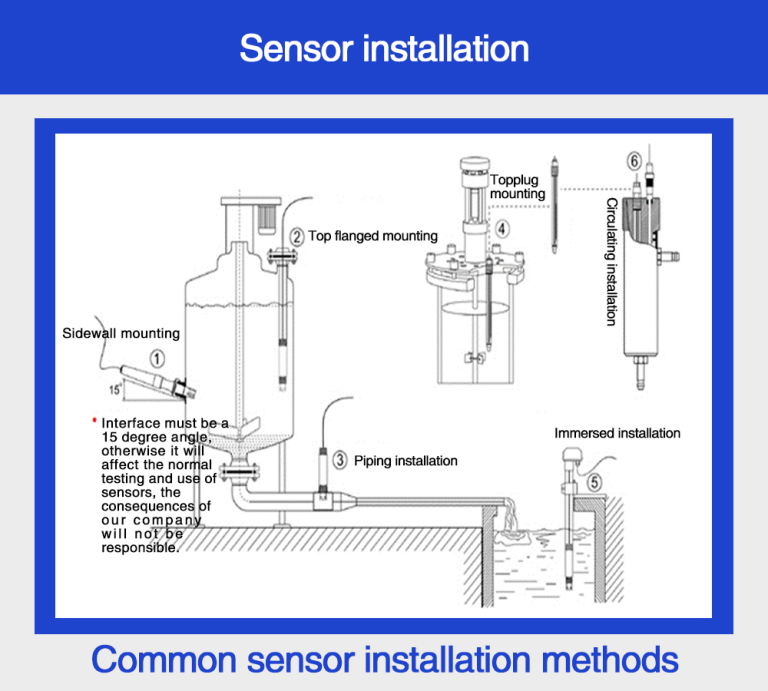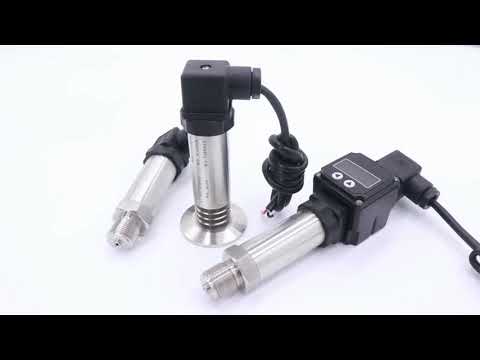“Precision starts with the perfect slope: Acceptable ph meter calibration”
Table of Contents
Determining the Optimal Slope for ph meter Calibration
When it comes to ph meter calibration, one of the key parameters to consider is the slope of the calibration curve. The slope of the curve is a measure of the sensitivity of the ph meter, and it is important to ensure that the slope falls within an acceptable range in order to obtain accurate and reliable pH measurements.
The slope of the calibration curve is determined by plotting the pH values of a series of standard buffer solutions against the corresponding millivolt readings obtained from the ph meter. The slope of the curve is calculated by dividing the change in millivolts by the change in pH units. A steep slope indicates a high sensitivity of the ph meter, while a shallow slope indicates a lower sensitivity.
Ideally, the slope of the calibration curve should fall within a certain range in order to ensure accurate and reliable pH measurements. A slope that is too steep may result in a ph meter that is overly sensitive and prone to errors, while a slope that is too shallow may result in a ph meter that is not sensitive enough to detect small changes in pH.
In general, the acceptable range for the slope of a ph meter calibration curve is between 55 and 65 millivolts per pH unit. This range is considered optimal for most pH meters and ensures that the ph meter is sensitive enough to detect small changes in pH, while also providing a stable and reliable calibration curve.
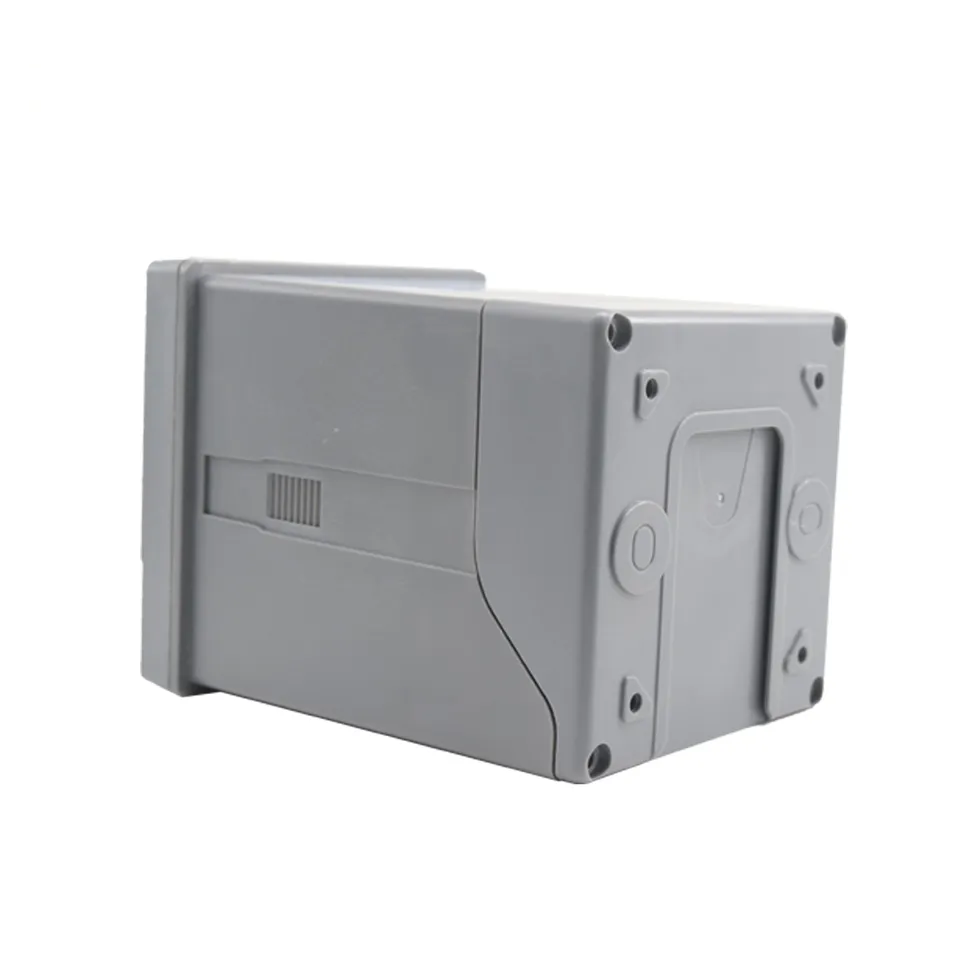
If the slope of the calibration curve falls outside of this acceptable range, it may be necessary to recalibrate the ph meter or make adjustments to the calibration settings in order to bring the slope back within the optimal range. This can usually be done by adjusting the calibration buffers used or by adjusting the calibration settings on the ph meter itself.
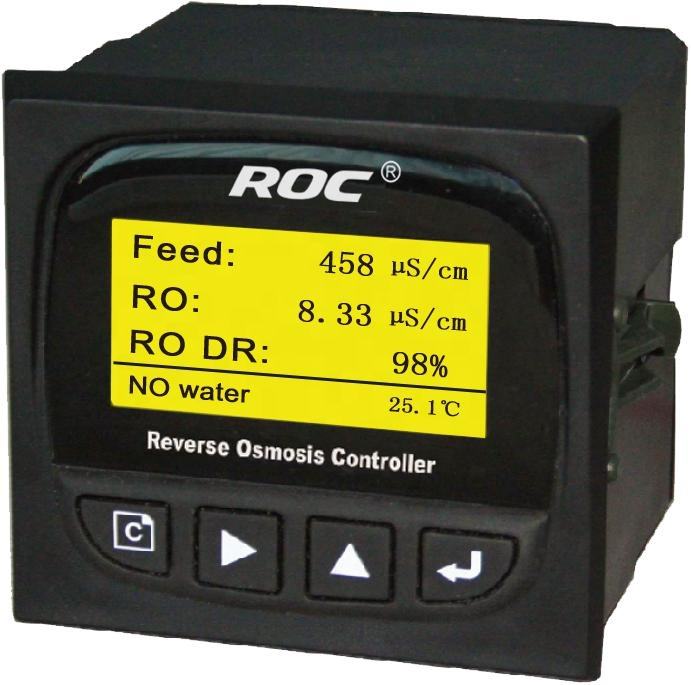
It is important to note that the acceptable slope for ph meter calibration may vary depending on the specific model and manufacturer of the ph meter. Some pH meters may have different optimal ranges for the slope of the calibration curve, so it is important to consult the manufacturer’s guidelines or specifications for the specific ph meter being used.
| FL-9900 High Precision Type Runner Flow Controller | ||
| Measuring range | Frequency | 0~2K Hz |
| Velocity of flow | 0.5~5 m/s | |
| Instantaneous flow | 0~2000 m³/h | |
| Cumulative flow | 0~9999 9999.999 m³ | |
| Applicable pipe diameter range | DN15~DN100;DN125~DN300 | |
| Resolution | 0.01 m³/h | |
| Refresh rate | 1s | |
| Accuracy class | Level 2.0 | |
| Repeatability | ±0.5% | |
| Sensor input | Radius:0~2K Hz | |
| Supply voltage:DC 24V(instrument internal supply) | ||
| The electronic unit automatically temperature compensates for errors | +0.5%FS; | |
| 4-20mA | Technical characteristics | Meter/transmitter dual mode (photoelectric isolation) |
| Loop resistance | 500Q(max),DC24V; | |
| Transmission accuracy | ±0.01mA | |
| Control port | Contact mode | Passive relay control output |
| Load capacity | Load current 5A (max) | |
| Function selection | Instantaneous flow upper/lower alarm | |
| Mains supply | Working voltage: DC24V 4V Power consumption :<; 3.OW | |
| Cable length | Factory configuration: 5m, can be agreed: (1~500) m | |
| Environmental requirement | Temperature: 0~50℃; Relative humidity: ≤85%RH | |
| Storage environment | Temperature: (-20~60) ℃; Humidity: 85%RH | |
| Overall dimension | 96×96×72mm(height × width × depth) | |
| Opening size | 92×92mm | |
| Installation mode | Disc mounted, fast fixed | |
| Sensor | Body material | Body: Engineering plastic PP; Bearing :Zr02 high temperature zirconia |
| Flow rate range | 0.5~5 m/s | |
| Withstand pressure | ≤0.6MPa | |
| Supply voltage | lDC 24V | |
| Output pulse amplitude| | Vp≥8V | |
| Normal pipe diameter | DN15~DN100;DN125~DN600 | |
| Medium characteristic | Single-phase medium(0~60℃) | |
| Installation mode | Direct line insertion | |
In conclusion, the slope of the calibration curve is an important parameter to consider when calibrating a ph meter. Ensuring that the slope falls within an acceptable range, typically between 55 and 65 millivolts per pH unit, is essential for obtaining accurate and reliable pH measurements. If the slope falls outside of this range, adjustments may need to be made to recalibrate the ph meter and bring the slope back within the optimal range. By paying attention to the slope of the calibration curve, users can ensure that their ph meter is properly calibrated and providing accurate pH measurements.
Factors Affecting Acceptable Slope Values in ph meter Calibration
When it comes to calibrating a ph meter, one of the key parameters to consider is the slope value. The slope value is a measure of how well the ph meter responds to changes in pH. A higher slope value indicates a more sensitive and accurate ph meter, while a lower slope value indicates a less sensitive and less accurate ph meter. In general, a slope value of around 95-105% is considered acceptable for most pH meters. However, there are several factors that can affect the acceptable slope value in ph meter calibration.
One of the main factors that can affect the acceptable slope value in ph meter calibration is the quality of the calibration buffers used. Calibration buffers are solutions with known pH values that are used to calibrate the ph meter. If the calibration buffers are not of high quality or are expired, they may not provide accurate pH values for calibration. This can result in an incorrect slope value and lead to inaccurate pH measurements. It is important to use fresh, high-quality calibration buffers when calibrating a ph meter to ensure an acceptable slope value.
| Model | EC-510 Intelligent conductivity meter |
| Range | 0-200/2000/4000/10000uS/cm |
| 0-18.25MΩ | |
| Accuracy | 1.5%(FS) |
| Temp. Comp. | Automatic temperature compensation |
| Oper. Temp. | Normal 0~50℃; High temp 0~120℃ |
| Sensor | C=0.01/0.02/0.1/1.0/10.0cm-1 |
| Display | LCD Screen |
| Communication | 4-20mA output/2-10V/1-5V/RS485 |
| Output | High/Low limit dual relay control |
| Power | AC 220V±10% 50/60Hz or AC 110V±10% 50/60Hz or DC24V/0.5A |
| Working Environment | Ambient temperature:0~50℃ |
| Relative humidity≤85% | |
| Dimensions | 48×96×100mm(H×W×L) |
| Hole Size | 45×92mm(H×W) |
| Installation Mode | Embedded |
Temperature can also affect the acceptable slope value in ph meter calibration. pH measurements are temperature-dependent, so it is important to calibrate the ph meter at the same temperature as the samples being measured. If the ph meter is calibrated at a different temperature than the samples, it can result in an incorrect slope value and inaccurate pH measurements. It is important to allow the ph meter to equilibrate to the sample temperature before calibrating to ensure an acceptable slope value.
The age and condition of the ph meter can also affect the acceptable slope value in ph meter calibration. Over time, pH meters can become less accurate and less sensitive, resulting in lower slope values. It is important to regularly calibrate and maintain the ph meter to ensure accurate measurements and an acceptable slope value. If the ph meter is old or in poor condition, it may be necessary to replace it to achieve an acceptable slope value in ph meter calibration.
In conclusion, there are several factors that can affect the acceptable slope value in ph meter calibration. It is important to use high-quality calibration buffers, clean the electrodes properly, calibrate at the correct temperature, and maintain the ph meter in good condition to ensure an acceptable slope value. By taking these factors into consideration, you can ensure accurate pH measurements and reliable results from your ph meter.

